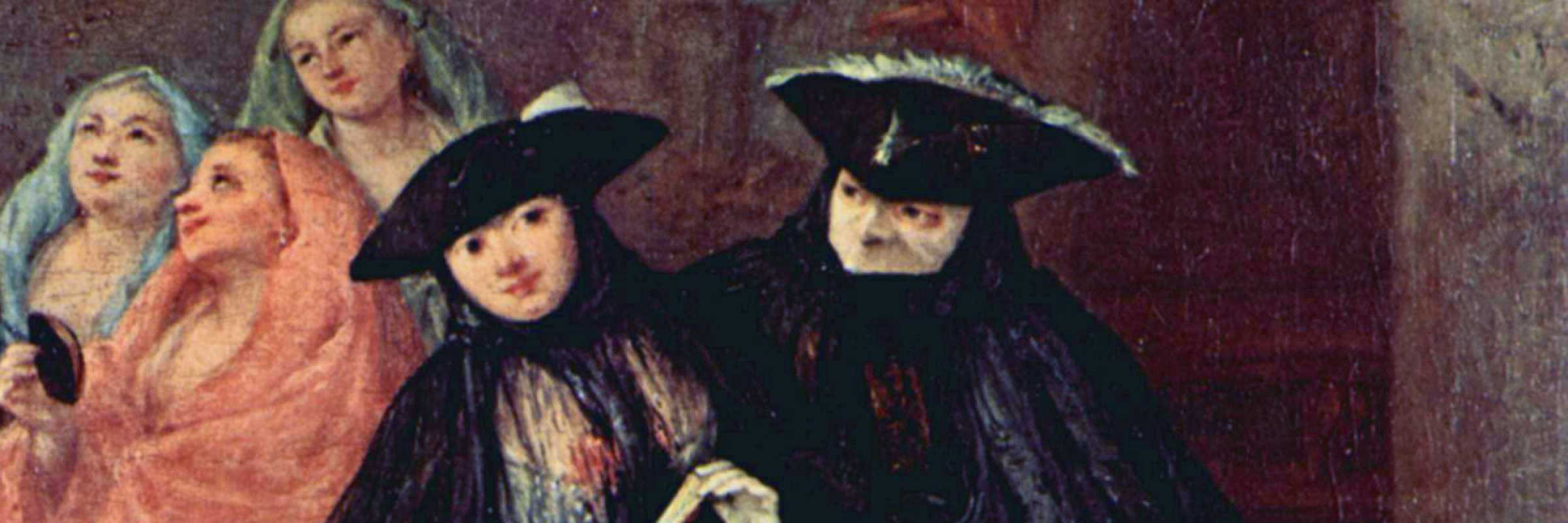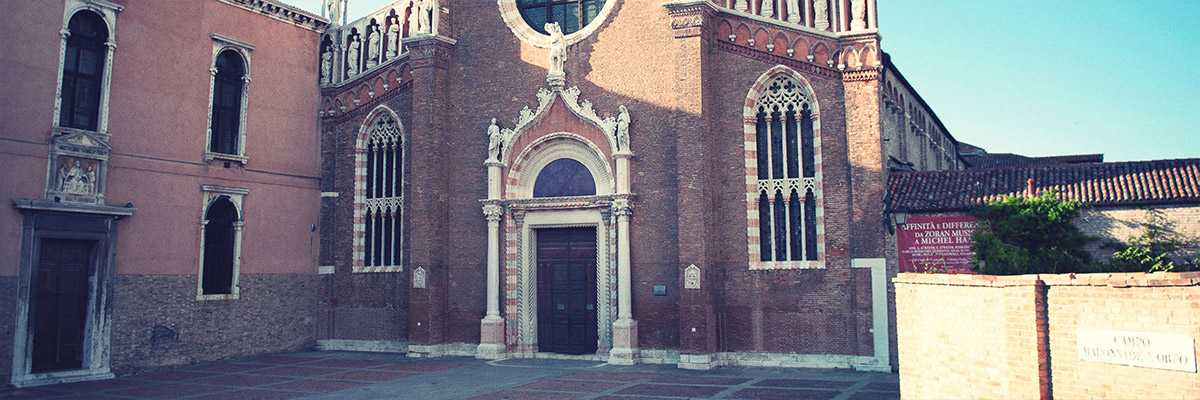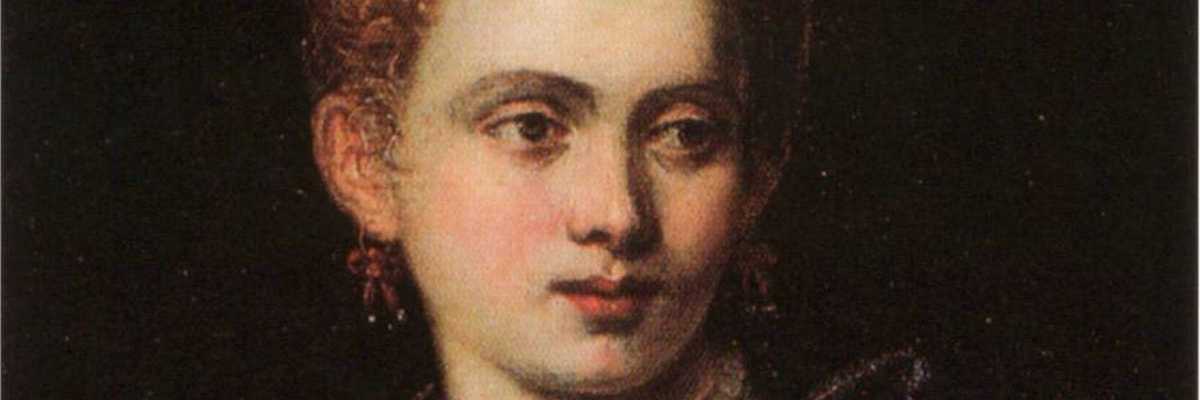A typical Venetian disguise, considered the "national mask", which allowed the wearer to remain anonymous. By wearing a larva, the white face, distinctions no longer existed and everything was uniform: men, women, nobles, beggars or the young and old were all part of the same society "populated by ghosts", a term that some have ironically used to nickname those who wore this mask.
Although it is now solely tied to the seasonal event of the Carnival, the use of this mask (designed to maintain anonymity) is part of the mythology of the Bautta, as represented in certain painti
Already subscribed? Login →
Continue reading:
7,99€ per month, or 59€ per year
Invest in culture, in beauty, in a better future.
You can unsubscribe whenever you want.
or




